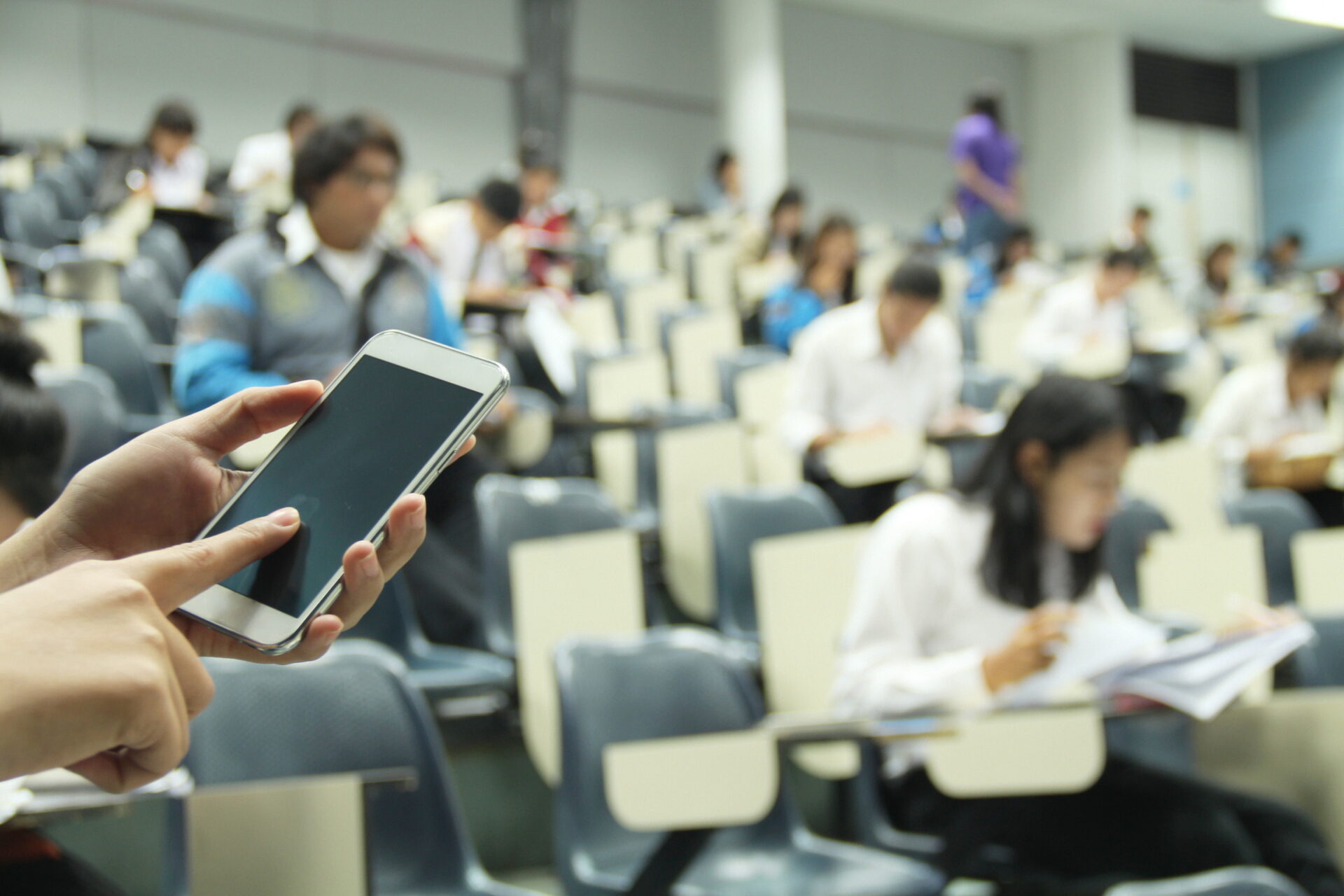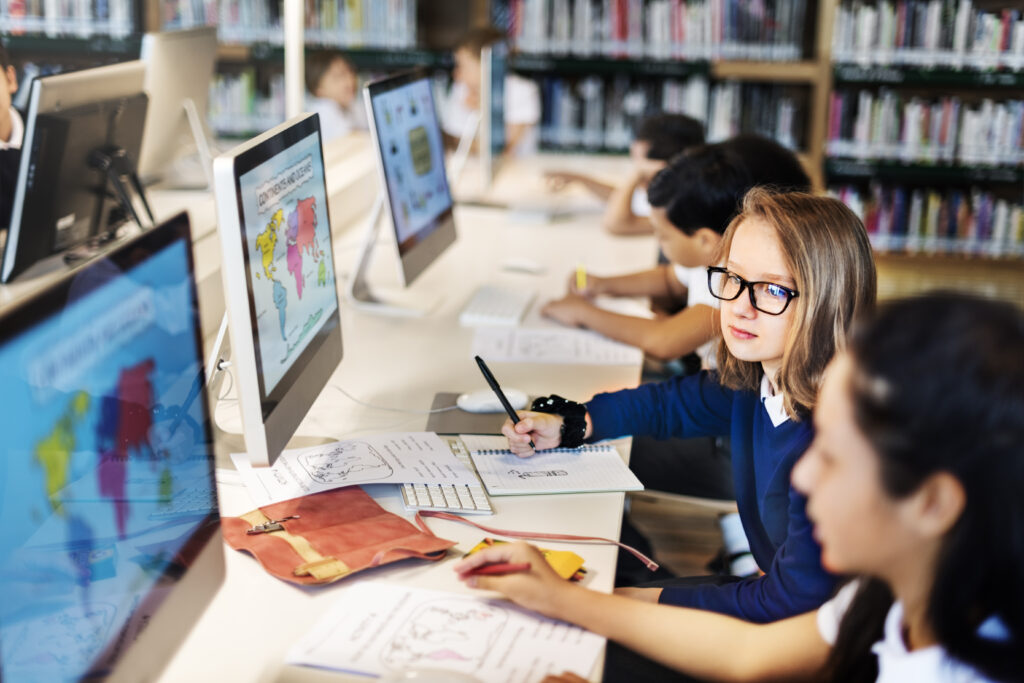B is for … Blended learning
While technology develops at an accelerating pace, the fundamentals of teaching don’t change to the same degree.

Blended learning is an important topic for educators and educational publishers today, but it is not always clear exactly what it should involve. While technology develops at an accelerating pace, the fundamentals of teaching don’t change to the same degree, leading to a gap between the tools available for digital learning and their exploitation in the classroom. In this post, we will look at some blended learning models, how publishers are using aspects of blended learning in their content, and the impact of mobile devices and social platforms on how students learn.
First, then, what is blended learning? The blend in question is between traditional, face-to-face (F2F) learning in a classroom, and online or distance learning. In a blended or hybrid course, classroom learning is still important, but a substantial element of the content is delivered online. In order for this division to work, the digital content has to be integrated with the F2F component and careful planning is needed to decide which material is most suitable for online delivery. In ELT for example, skills – especially speaking – need to be practised in a realistic setting and communication strategies are key to developing these skills. Artificial intelligence is still no substitute for an expert teacher in helping students to acquire them. However, a good balance of F2F and digital learning allows students to benefit from the support and guidance of the classroom environment, together with engaging interactive and multimedia content that they can work through at their own pace.

A variant of blended learning that has become popular is the Flipped Classroom. In this methodology, part of the learning material – for example, a video presentation – is set for students to do before class and they are expected to come to class having engaged with this material and understood the basic concepts, which can then be developed and practised with support from their teacher. This can be a great way to maximise the effective use of class time. One problem with this form of learning, though, is that it relies on students doing the work ahead of time. If not enough students have watched the video or done the tasks, the benefits may be transformed into difficulties. That’s why it’s so important that the Flipped Classroom elements are motivating and easy for students to access.
This brings us on to a topic that has increasingly come to dominate the digital landscape: mobile technology. As mobile devices have become more powerful and internet connections have become ever faster, their potential for learning has also grown. Many courses now have online components that are designed to work on mobile devices as well as desktop and laptop computers, making use of responsive web design (RWD) that adapts the content to the size of the user’s screen. In addition, videos can be streamed from courseware sites, often using a code printed inside the coursebook or delivered via email. These developments give teachers the flexibility to set parts of the course for independent study, and students the freedom to access them when and where they want.
As mobile devices have become more powerful and internet connections have become ever faster, their potential for learning has also grown.
As well as materials being adapted for digital delivery, or even created as digital-first content, the influence of digital forms of communication can be seen in more traditional print materials. For example, reading texts are often designed with features of online genres, such as readers’ comments below a blog post or a web forum with usernames, dates and times next to the posts. It is important that learning materials reflect the content and contexts that students will come across in the real world, but perhaps the greater challenge is to create materials that help students to successfully manage the interactions and process-oriented aspects of the digital world, including email exchanges, online discussions, social media posts and the rest. Not an easy task, but one with potentially great rewards for publishers, teachers and students alike!

Contact us
We'd love to hear from you and promise to contact you asap. Either fill in our quick and easy form below or email [email protected]

The Content Station is your trusted educational publishing team. Our local experts across the globe can deliver on any brief.

